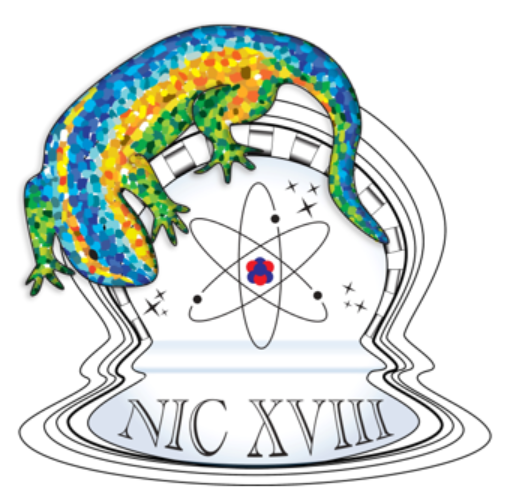https://doi.org/10.1140/epjd/e2005-00168-7
MD study on high-energy reactive cluster impact on diamond (111) and (100) surfaces
1
Department of Mechanical Engineering, Osaka University, 2-1 Yamadaoka, Suita 565-0871, Japan
2
Institut für Mikrostrukturtechnik, Universität and Forschungszentrum Karlsruhe, Postfach 3640, 76021 Karlsruhe, Germany
Corresponding author: a yamaguchi@mech.eng.osaka-u.ac.jp
Received:
6
September
2004
Published online:
13
July
2005
Molecular dynamics (MD) simulations of single argon, CO2 and O2 cluster impacts on diamond (100) and (111) surfaces are performed in order to investigate the surface erosion process. The transient crater on the (100) surface seems rather unpherical and skew compared to the typical hemispherical crater appeared on the (111) surface due to the orientation-dependent hardness. Argon cluster impacts on the diamond (100) surface resulted in a slightly higher erosion rate than on the (111) surface while it is lowered on the (111) surface for CO2 cluster impacts. The difference in the susceptibility to the physical erosion appears in the rim or the crater.
PACS: 79.20.Rf – Atomic, molecular, and ion beam impact and interactions with surfaces / 31.15.Qg – Molecular dynamics and other numerical methods
© EDP Sciences, Società Italiana di Fisica, Springer-Verlag, 2005







